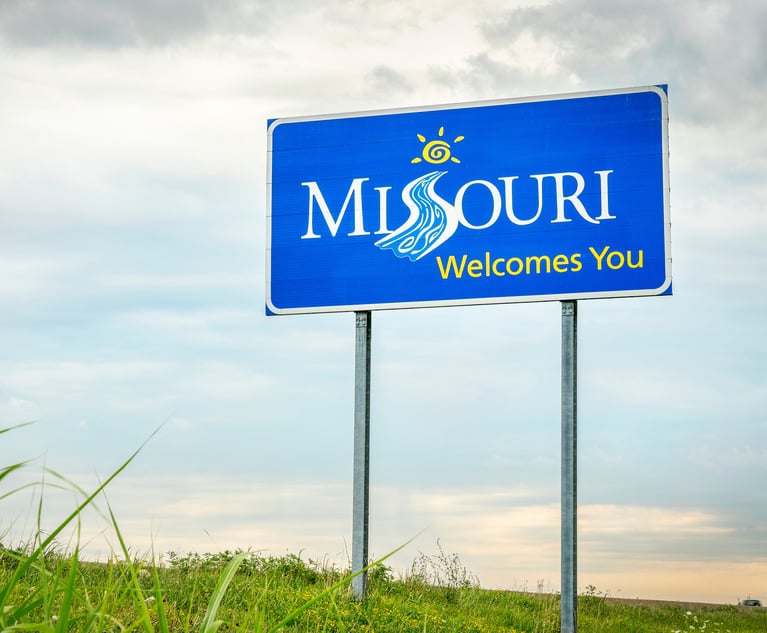 Auto glass claims have long been viewed as nuisance claimsby many carriers, but that nuisance has become the plague of theinsurance industry. Claim harvesting, litigation, and price gougingare the culprits. The recent surge of auto glass claims has caught the insurance industryoff-guard.
Auto glass claims have long been viewed as nuisance claimsby many carriers, but that nuisance has become the plague of theinsurance industry. Claim harvesting, litigation, and price gougingare the culprits. The recent surge of auto glass claims has caught the insurance industryoff-guard.
While frequency skyrockets with no signs of improving, historicunderwriting models no longer apply. However, looking more in-depthat the antidote actually provides clarity about the original causeof the disease. It is common to waive the deductible for glassrepairs because the severity is much lower than if the windshieldis allowed to completely crack out — which would require areplacement. How then, is it possible that this remedy, which isintended to lower severity, has become a cancer that drives claimsoff the charts and increases costs to the carrier?
|Claim Harvesting
|The practice of claim harvesting in the auto glass industrybecame popular in the gas stations, car washes, and quick lubes ofArizona. Now, an organization based in Arizona is spreading theconcept nationwide by sending commissioned sales staffdoor-to-door. They even canvass parking lots to identify andsometimes create glass damage, so that they can offer the insurancecustomer a “free” glass repair or replacement service. The practiceis lucrative for this organization. With dollar signs in theireyes, they are taking their business model nationwide, targetingzero-deductible markets, and helping to drive the increase in autoglass claim frequency.
||Even prominent national chains are not immune from employingsimilar types of tactics, although on a decidedly moresophisticated level. While promoting the benefits of repair(instead of replacement) is marketed as a means to lower severityby reducing the cost per claim, the ugly trend has emerged wherebythe antidote of windshield repair leads to an increase infrequency.
|In some models, repair is used as a conventional “bait andswitch” strategy to offer something for free because the deductibleis waived. In other applications, repair is aggressively advertisedwith unprecedented vigor to drive frequency. While a legitimateargument exists that severity is reduced with either approach, thefacts reveal the amount of gross dollars that a carrier paysincreases considerably when these tactics are employed.
|The reason these tactics are employed comes down to dollars andcents. The TPA responsible for feeding business to itsmanufacturing, wholesale, and retail outlets benefits greatly fromincreased claims, no matter the form. These two combined dynamicsare causing unprecedented increases, with many carriers reportingthat their glass claims have swelled by as much as 25 to 30percent.
|Competing Agendas
|Concurrent to these activities, many independent retailers arepursuing coordinated legislative agendas that have the potential tointerfere with and harm the relationship between the carrier andits policyholder. Disguised as a consumer choice campaign, theseglass retailers desire to become beneficiaries of the insurancepolicy in case of a glass loss. Most notably, the Independent GlassAssociation (IGA) is encouraging its members to add “assignment ofproceeds” language to their invoices, so it is then able to sue thecarrier in the event that excessive rates are not paid in the full(inflated) invoiced amount. Not only do carriers find that they aregetting gouged for the glass installation, but they often aresaddled with legal fees for both themselves and the plaintiff. Thisstrategy has worked well enough in some states that the trend islikely to go national.
||All of this, coupled with the cash versus insurance pricing,further exacerbates the problem. The practice of charging theinsurance carrier a premium puts the carrier at a distinctdisadvantage over a cash-paying customer. It is reasonable toexpect that a carrier consolidating 5,000 or more glass claimsannually would be able to buy glass at least as cost effectively asa cash consumer who might purchase one windshield every eightyears. However, that is simply not the case. Typically, carrierspay a 30-percent or greater premium above what a cash consumerpays. Does this sound impossible? Shop your own windshield or backglass in the cash market and compare that to what your costs arethrough your glass TPA.
|Recognizing that your interests may not be aligned with your TPAor retail providers, what can insurers do to minimize the spread ofthe “cancer” throughout your business? I suggest four primarystrategies:
|Make sure that your business partner or glass provider has acommon set of goals and the same objectives as you do. If your painis their gain, then expect the pain to continue. Seek a model thatis free of obvious conflicts of interest. It is not likely that thebenefiting party will give up their primary profit center for yourbenefit.
|Minimize the cash versus insurance price disparity byintroducing competition to your program. There is one reason (andone reason alone) that cash customers enjoy better pricing comparedto the insurance community. A glass shop must compete for itsbusiness. If the glass shop fails to offer the most competitiveoffering, then it loses the order.
|Carriers can embrace a similar model, however. In recent years,the market has been deprived of competition. This has yielded notonly higher costs, but it has also driven and fostered much of thelitigation to which the industry has been subjected. When glassretailers feel that their access to the market has been cut off,they get desperate and revert to litigating their way to success.Desperate people do desperate things. Unfortunately, there is a newwave of legislation being introduced across the country to reflectthis dynamic.
||Get out of the glass business. Albeit an extreme move that mayhave an adverse impact on policyholder retention (becausepolicyholders are accustomed to having glass coverage), this mayprove to be the direction that the industry moves if problemspersist and the retail glass industry drifts into this ethicallychallenged abyss.
|An interim (and less extreme) step may be to stop waivingdeductibles entirely, or at least when the deductible is $250 ormore. The fact is that waiving deductibles for repair is avoluntary practice — except in the state of Texas, which mandatessuch action — not a contractual obligation for most carriers. Thepolicy only started as a good faith effort to encourage morepolicyholders to recognize the viability of repair, which, at onetime, served as a win-win for both the carrier and itspolicyholder. The carrier saved money compared to replacement, andthe policyholder didn't have to fork over his or herdeductible.
|Today, however, that practice (tool) is being exploited, and itis becoming a weapon against the carrier in an effort to createadditional claim frequency. Is it possible that repair is no longeran absolute positive? As a founding member of the NationalWindshield Repair Association (NWRA) who is committed to myinsurance clients, I am starting to wonder about the answer to thatquestion. State Farm, for instance, no longer waives the deductiblefor such repairs, and a small handful of other carriers havefollowed suit.
|Policy language changes should be considered. Suggestionsinclude ensuring that you limit your liability to only paying ratesthat you are able to otherwise secure in the market, restrictingthe policyholder's ability to assign proceeds (current language isnot working), and requiring the policyholder to report the lossprior to contacting a vendor.
|Overall, the glass market has changed for the worse and hasbecome more than just a nuisance. If your glass program has notbeen reviewed and enhanced to reflect the challenges of today'smarket, then you might find yourself dealing with a nightmare.
|Paul Gross serves as President and CEO of Insurance ClaimManagement (ICM), the parent company to HSG and CodeBlue. He may bereached at [email protected].
|
Want to continue reading?
Become a Free PropertyCasualty360 Digital Reader
Your access to unlimited PropertyCasualty360 content isn’t changing.
Once you are an ALM digital member, you’ll receive:
- All PropertyCasualty360.com news coverage, best practices, and in-depth analysis.
- Educational webcasts, resources from industry leaders, and informative newsletters.
- Other award-winning websites including BenefitsPRO.com and ThinkAdvisor.com.
Already have an account? Sign In
© 2024 ALM Global, LLC, All Rights Reserved. Request academic re-use from www.copyright.com. All other uses, submit a request to [email protected]. For more information visit Asset & Logo Licensing.








